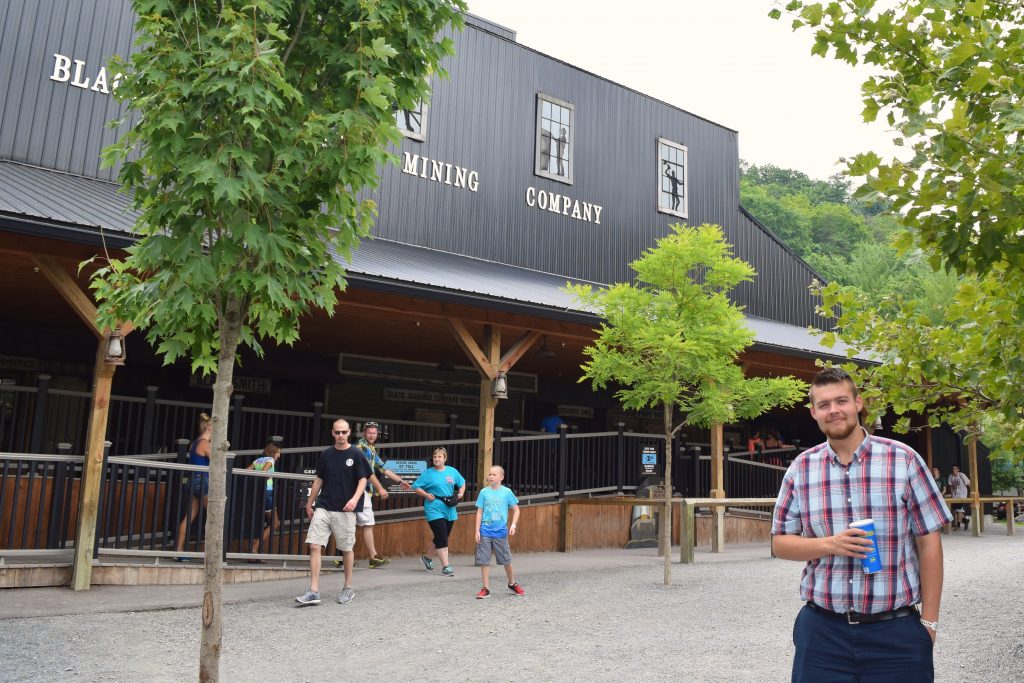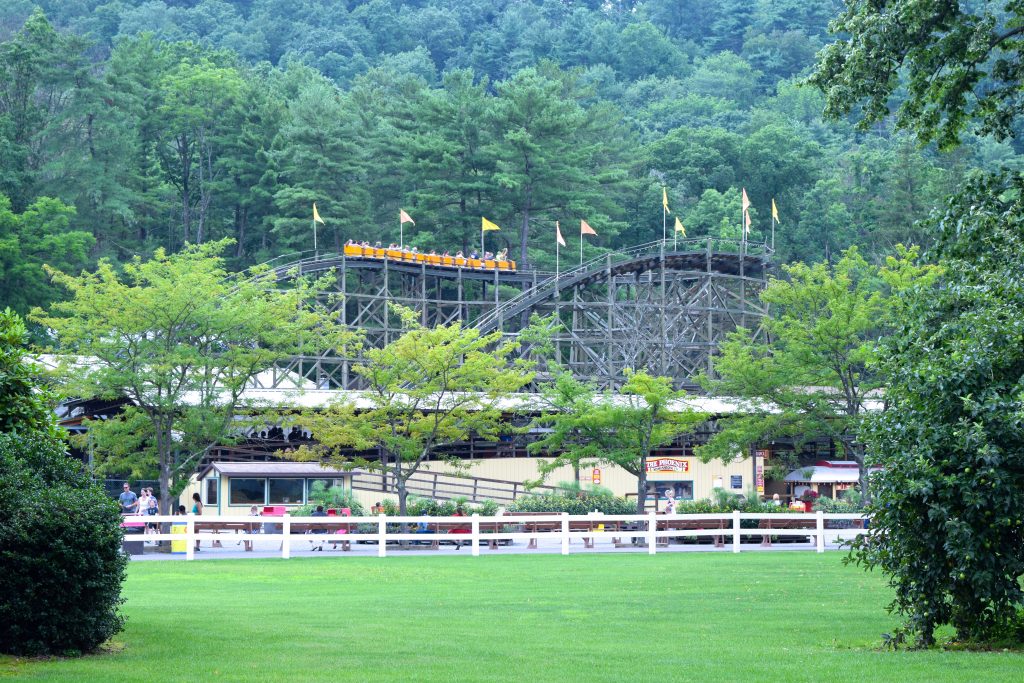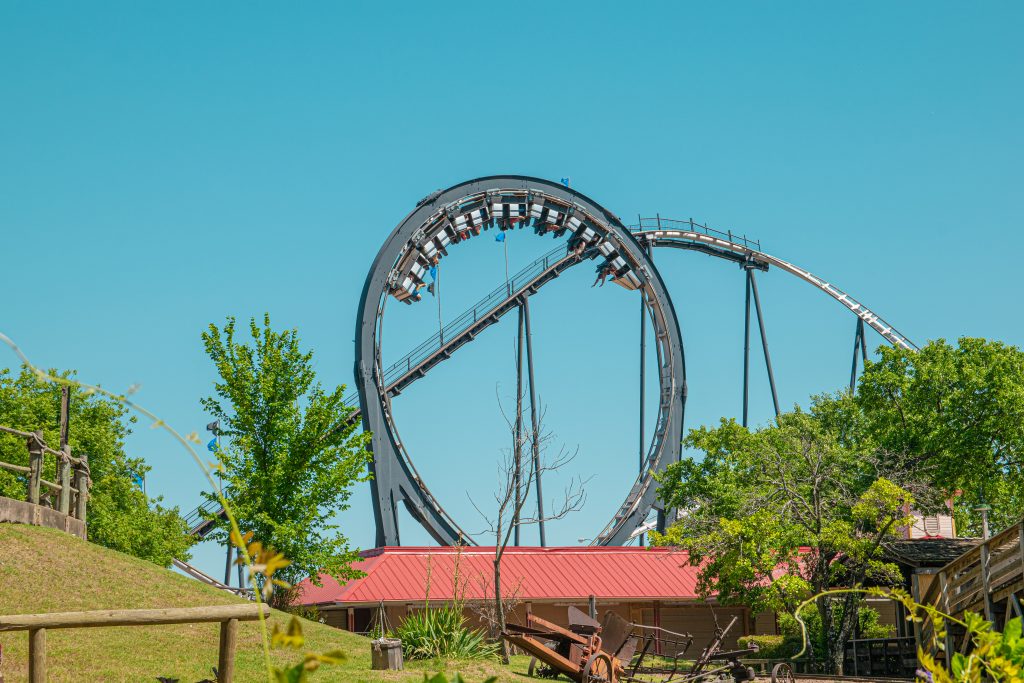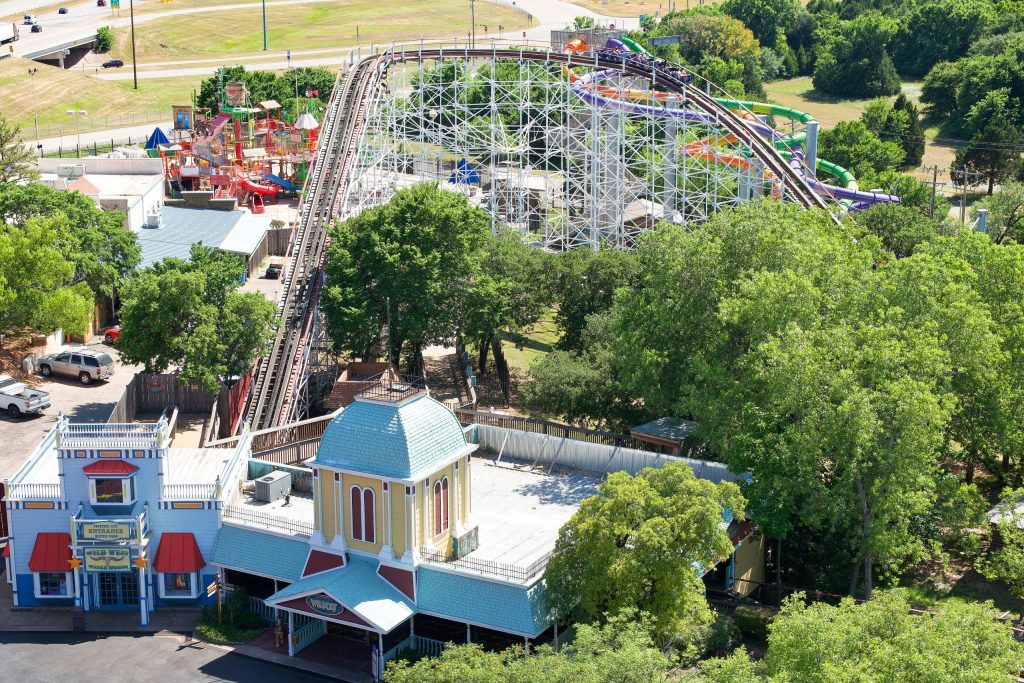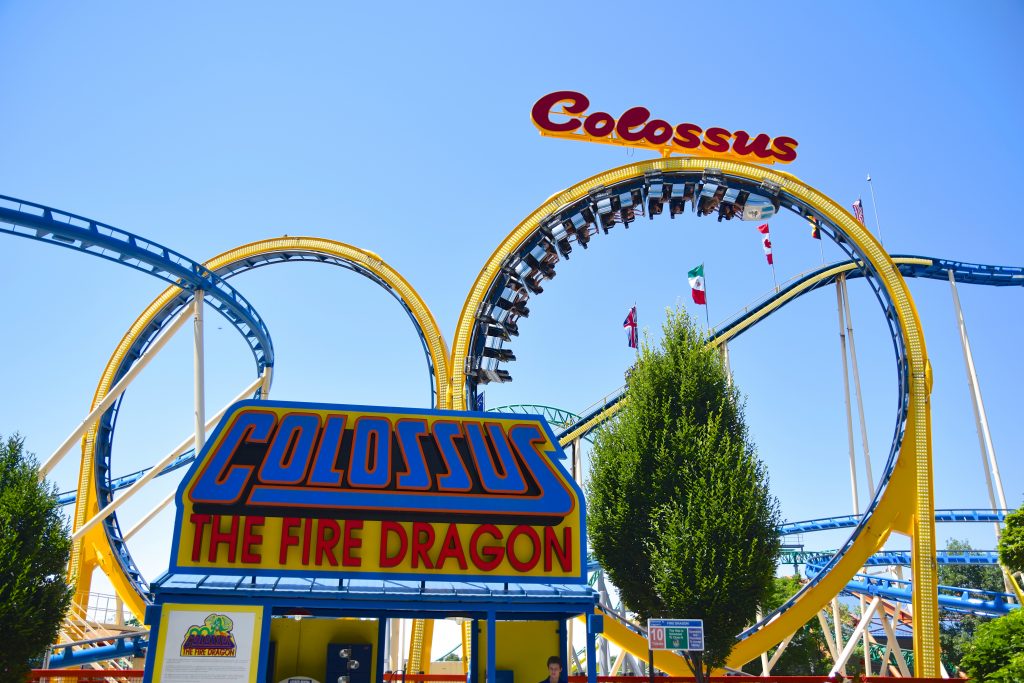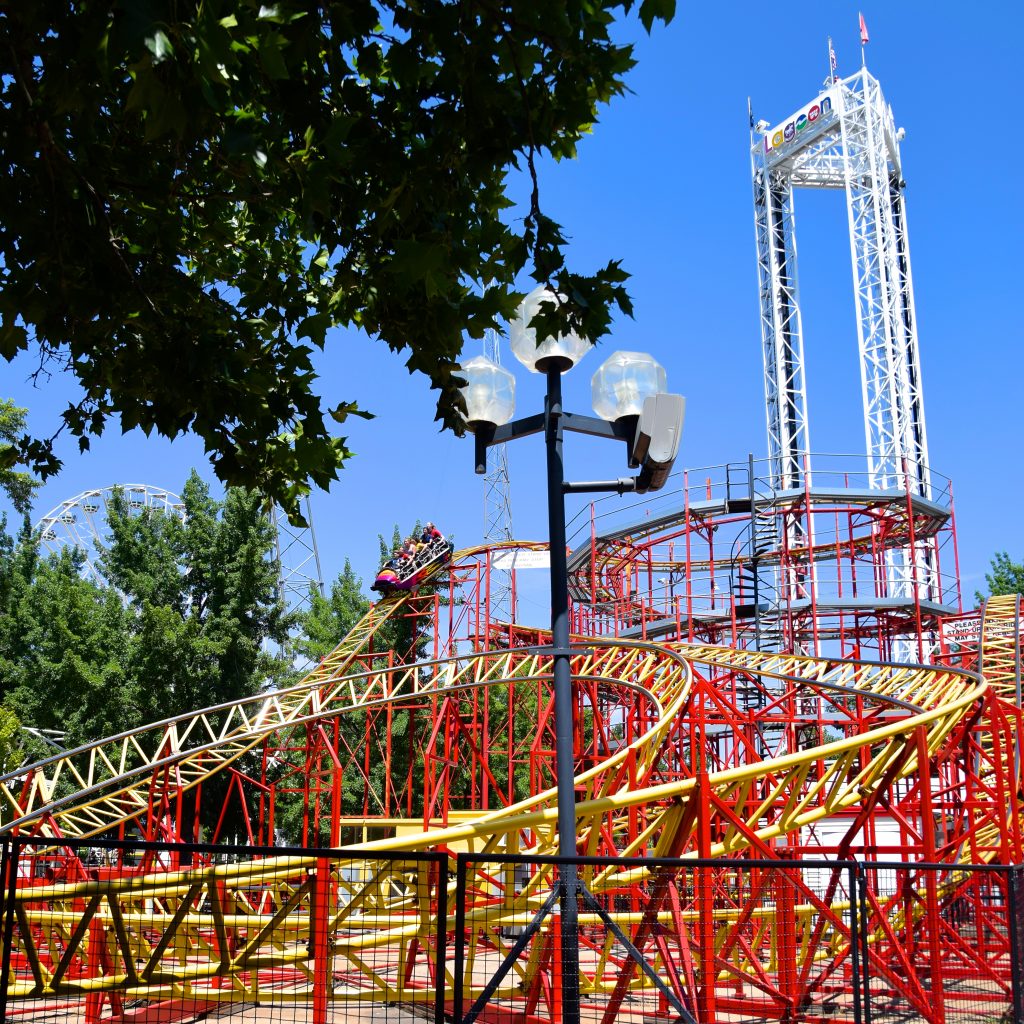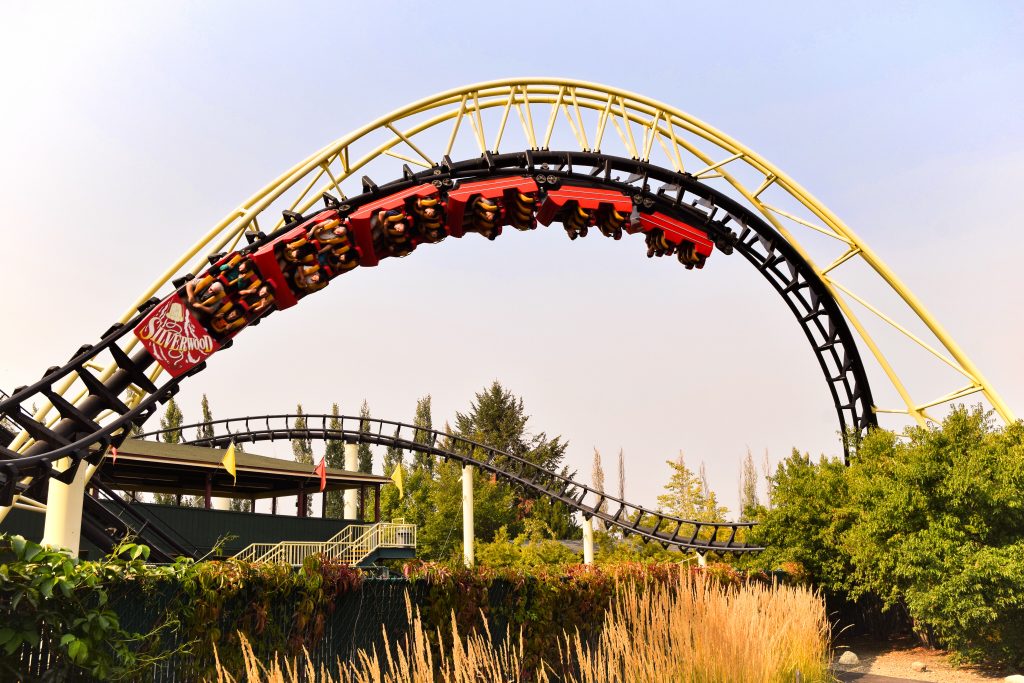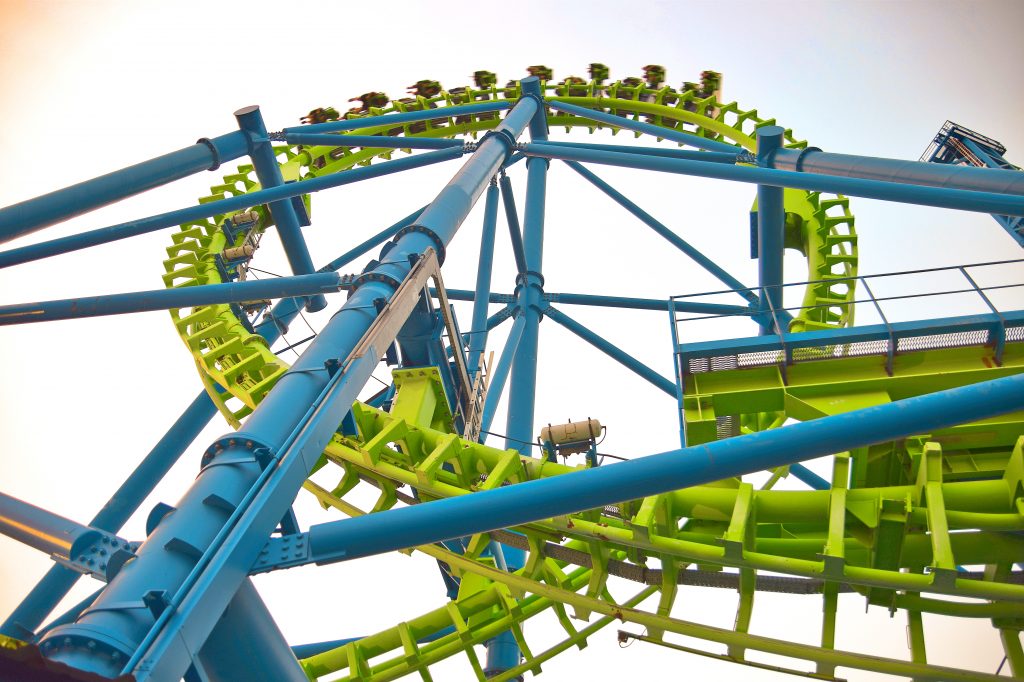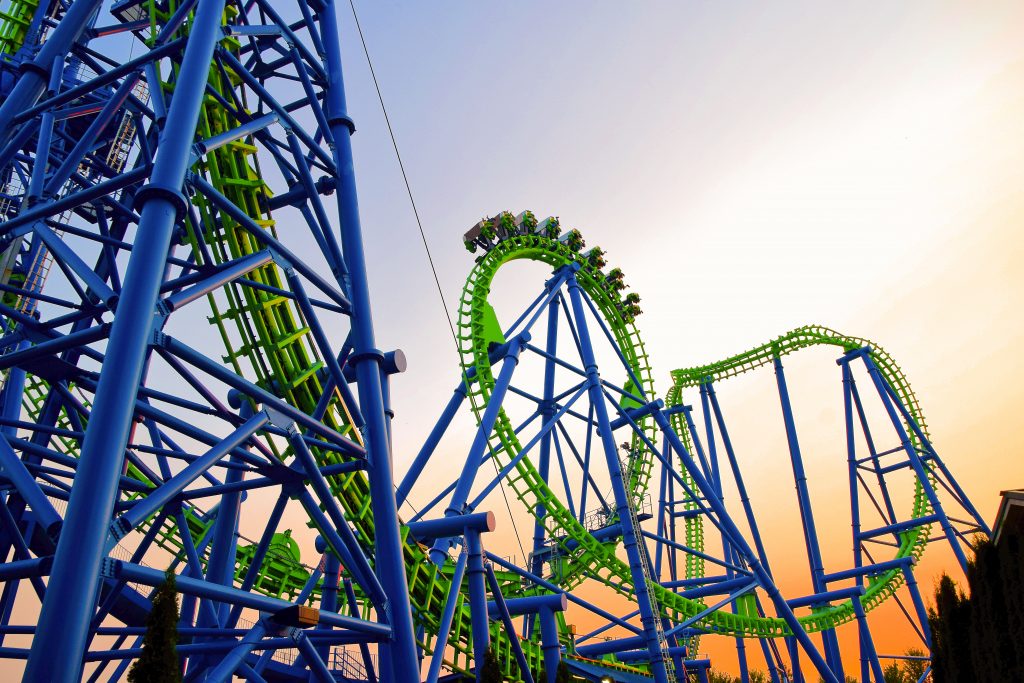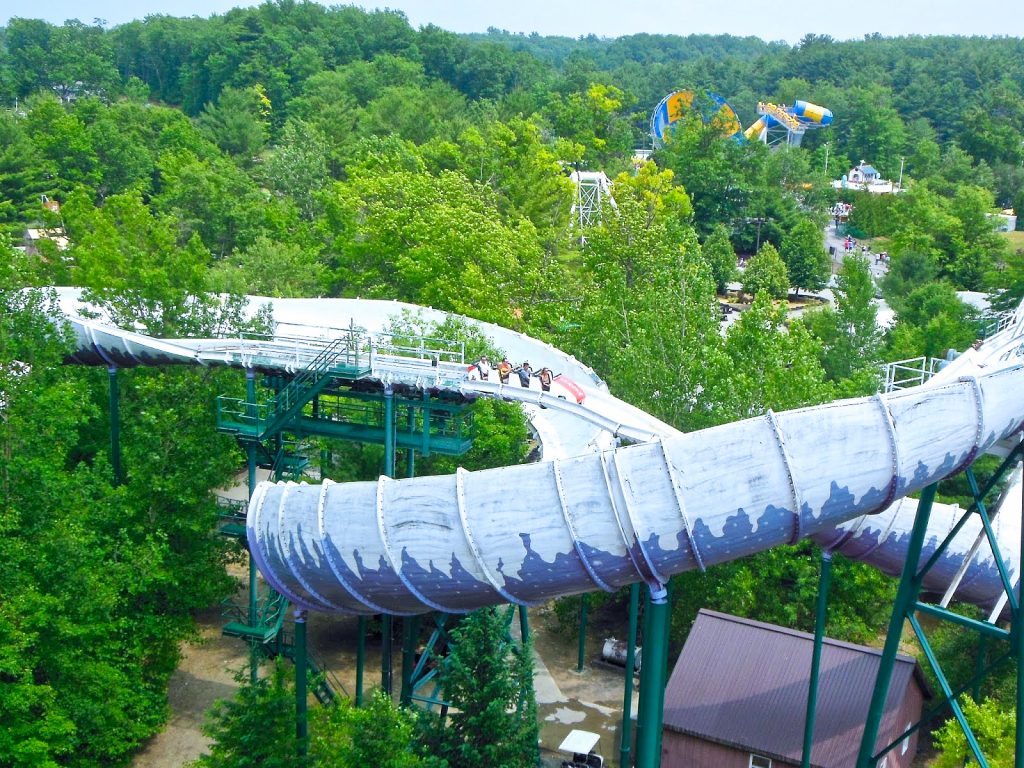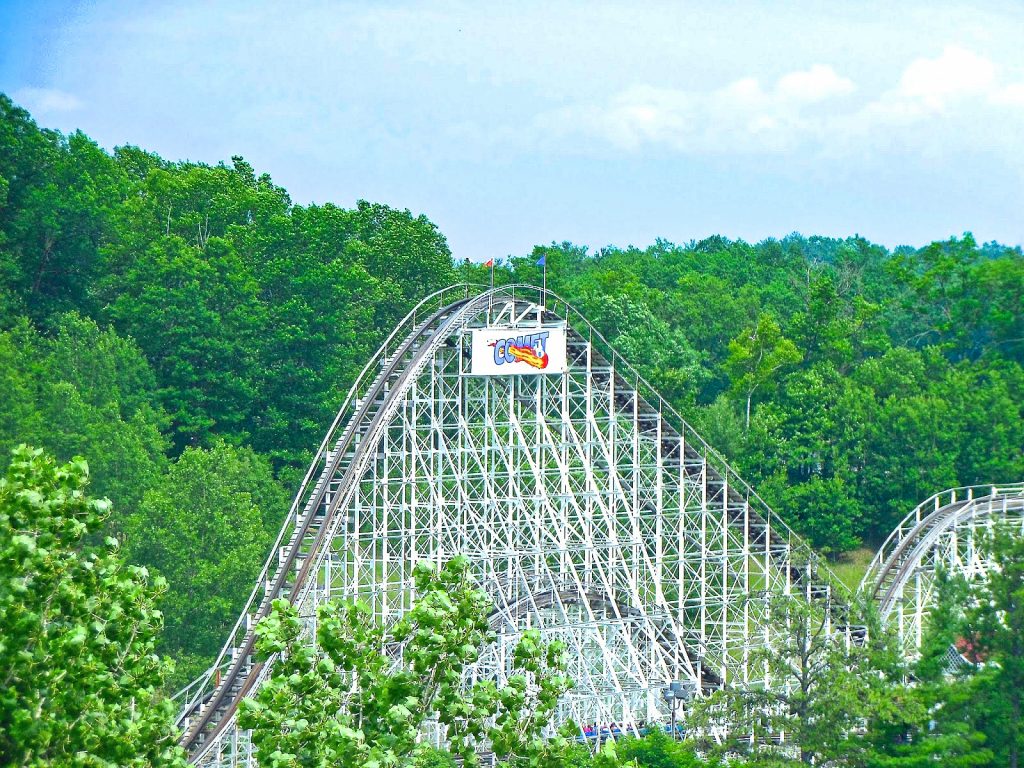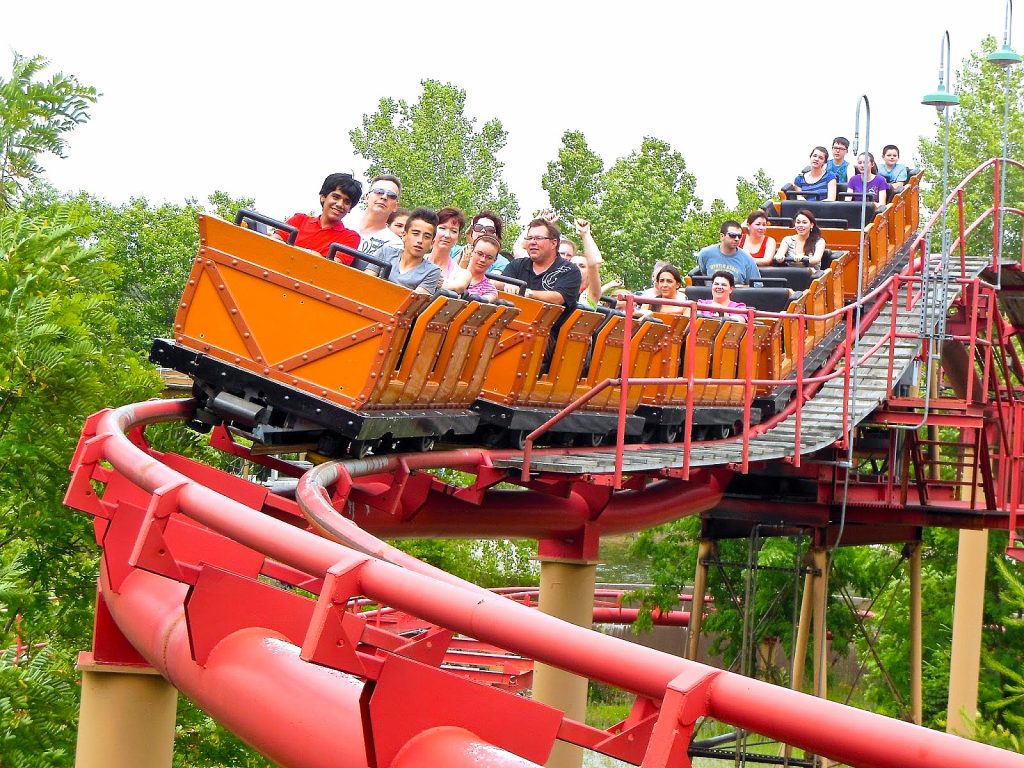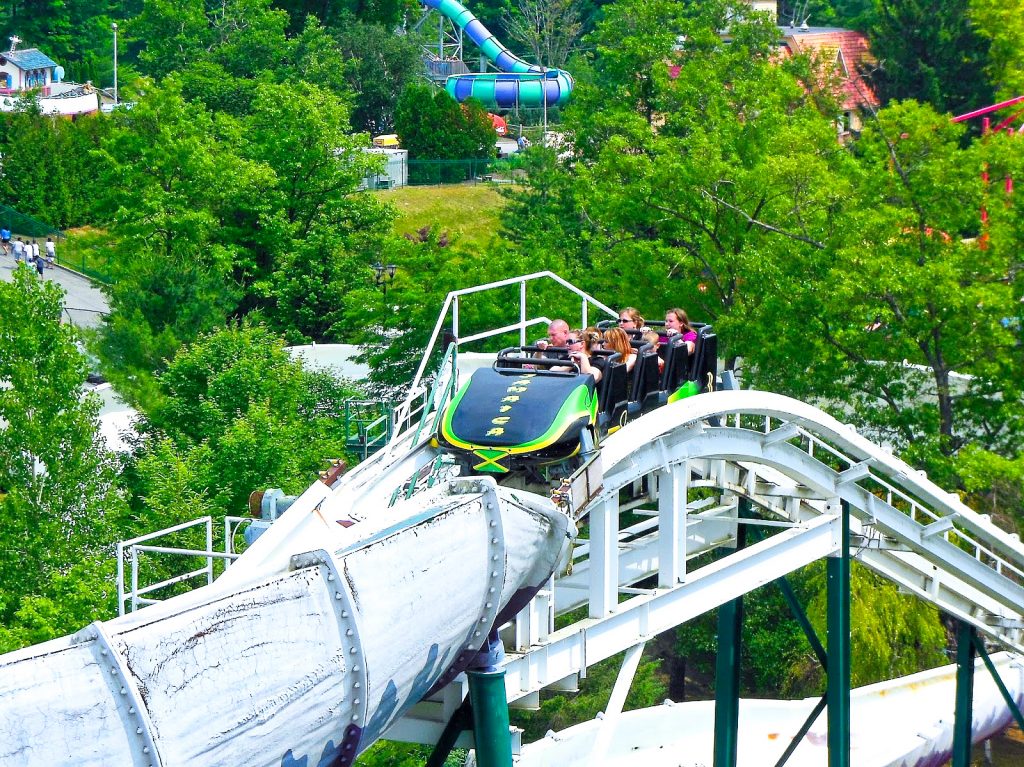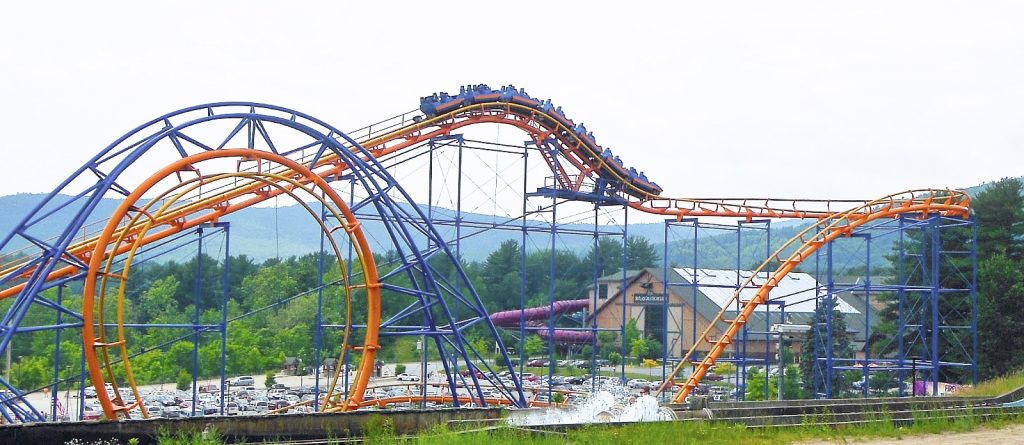Five of the Best Parks in America for Relocated Roller Coasters
You can’t build new old coasters – any park could conceivably build a new ride from scratch, but there’s something about a relocated coaster that feels unique. A ride on its 2nd or 3rd location is also on its 2nd or 3rd lease on life, or even its 2nd or 3rd identity. Parks with multiple relocated coasters dedicate themselves to continuing the stories of these rides – many of which whose narratives were thought to have already ended.
– In the past, many of our images have been posted, featured, and shared on forums, social media platforms and websites around the web. We work hard to provide the coverage that we do, and we encourage our audience to share our content and use our images, BUT ONLY IF proper credit is given to thecoasterkings.com. Thank you! –
1. Knoebels – Elysburg, PA
Needless to say, a good place to start would be the park that revolutionized the ride restoration game back in the mid-80s – everyone’s favorite amusement campground / commercial lumber yard: Knoebels! While the Herbert Schmeck Rocket seeing a 2nd life as Knoebels’ Phoenix usually gets most of the attention, credit is certainly due to the park’s other Philadelphia Toboggan Company rescue, Black Diamond – formerly the Gold Nugget of Wildwood, NJ’s Hunt’s Pier. A truly one-of-a-kind project, Black Diamond represents PTC in rare form: it’s part dark ride, part steel coaster, and remains one of only two examples of non-wood-coaster PTC rolling stock (the other is Wonderland’s Texas Tornado.
2. Frontier City – Oklahoma City, OK
While Oklahoma City’s regional park may not be the first place on anyone’s minds for – well – anything, they’re a surprisingly charming operation with some truly historic rides. All 3 of the park’s major coasters were relocated from different parks: The original Schwarzkopf Looping Star (now Silver Bullet) came to Frontier City in 1986 by way of the Texas State Fair, followed by Fairyland Park’s short-lived National Amusement Devices wood coaster Wildcat in 1991 (now one of only a small handful of NAD coasters still operating), and finally the “Lower Loop” of Six Flags Great Adventure’s Lightning Loops in 1993.
3. Lagoon – Farmington, UT
The largest park on this list – and also regarded as “The Largest Family-Operated Amusement Park in America” – is Farmington, Utah’s Lagoon. The massive park offers the greater Salt Lake City area plenty to enjoy, whether it’s modern steel coasters, dizzying flat rides, or their now-100-year-old wooden Roller Coaster. Easily our two favorite Lagoon rides, however, are the park’s pair of fun-fair-oriented Schwarzkopfs, Colossus the Fire Dragon and Jet Star II: the former came to America in 1983 following two years on the Germain fair circuit, while the latter came by way from nearby Spokane, WA, where it debuted with the 1974 World’s Fair.
4. Silverwood – Athol, ID
Not too terribly far from Lagoon is another family-owned gem with an affinity for 2nd hand steel coaster icons – in fact, Silverwood happens to own two very significant notches on the coaster tech timeline. We of course can’t say enough about the original Arrow Corkscrew, which started life as a fully-functional prototype at Arrow Development in Mountain View before making its highly publicized debut at Knott’s Berry Farm as the world’s first modern looping coaster. Better still, however, is the enigmatic Aftershock, which – along with the other handful of Vekoma Giant Inverted Boomerangs we were blessed with – are some of the most thrilling and awe-inspiring coaster experiences out there.
5. The Great Escape – Queensbury, NY
Of all the parks on our list, perhaps only The Great Escape can really claim to be “The Relocated Coaster Capital of the World.” The humble Six Flags operation boasts – not one, not two, but FOUR major relocated coasters – all of which enjoyed high profile tenures at some iconic parks, both past and present. Comet, salvaged from Ontairo, Canada’s Crystal Beach in 1994, remains one of the great wooden coaster resurrections – for Great Escape however, it was already their second, 2nd-hand success story after acquiring Pontchartrain Beach’s Steamin’ Demon a decade prior. Following the acquisition by Six Flags, the rare Intamin Swiss Bob Avalanche came to rest after its time in the “Ride Rotation Program,” followed by Opryland U.S.A.’s only custom-built coaster, the Arrow Mine Train Canyon Blaster. As a bonus, the park also operates an altered version of the iconic Busch Gardens Los Angeles Log Flume.
These are just some examples of where best to find great salvaged coasters – and while you certainly can’t build new old coasters, new parks on the horizon (Indiana Beach, Lost Island) promise to make fresh impressions with some recycled icons.



